This process isn't as interesting to fly fishers as the emergence of a dun from a nymph on the water's surface. This is a point in the mayfly's development at which it's temporarily safe from the trout, but it's interesting to watch up close anyway.
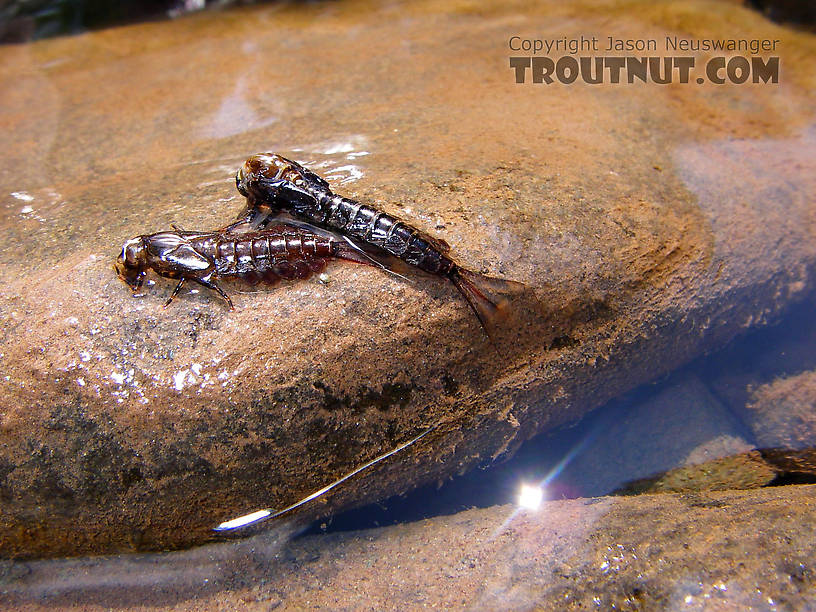
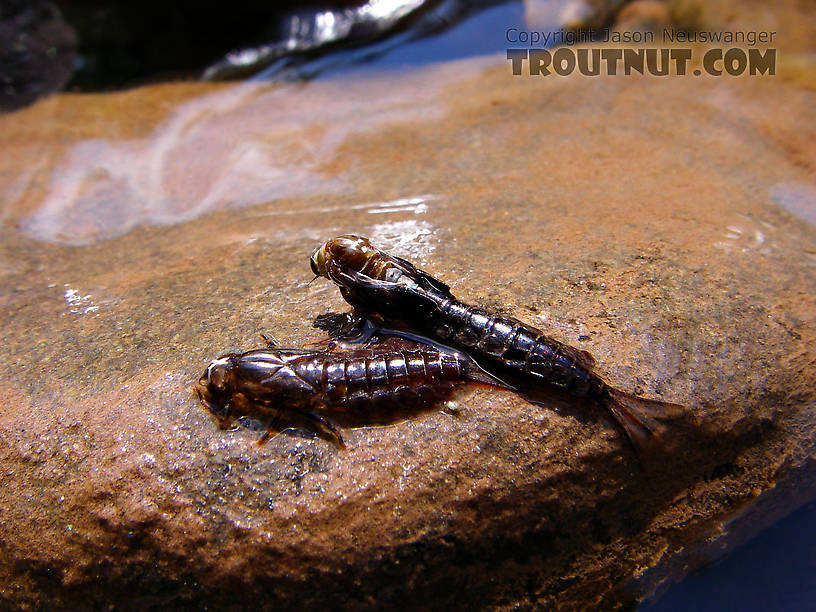
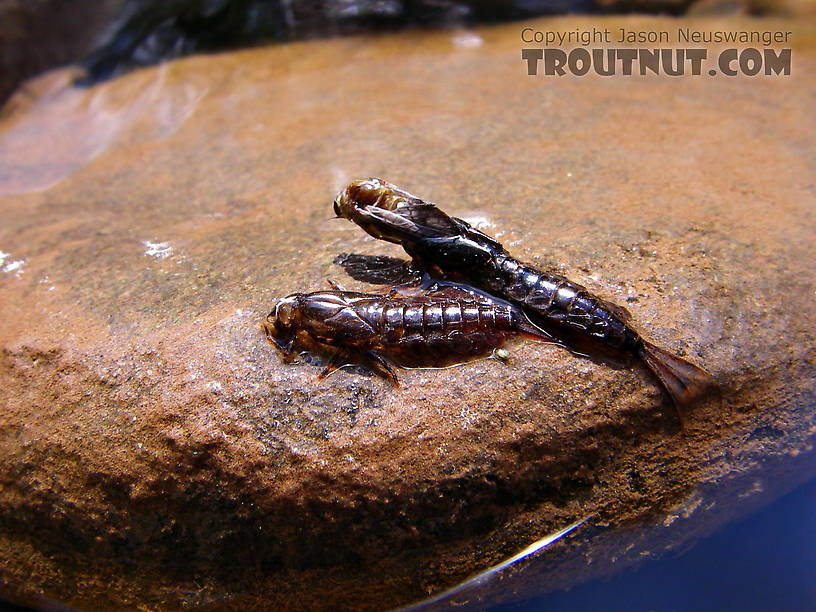

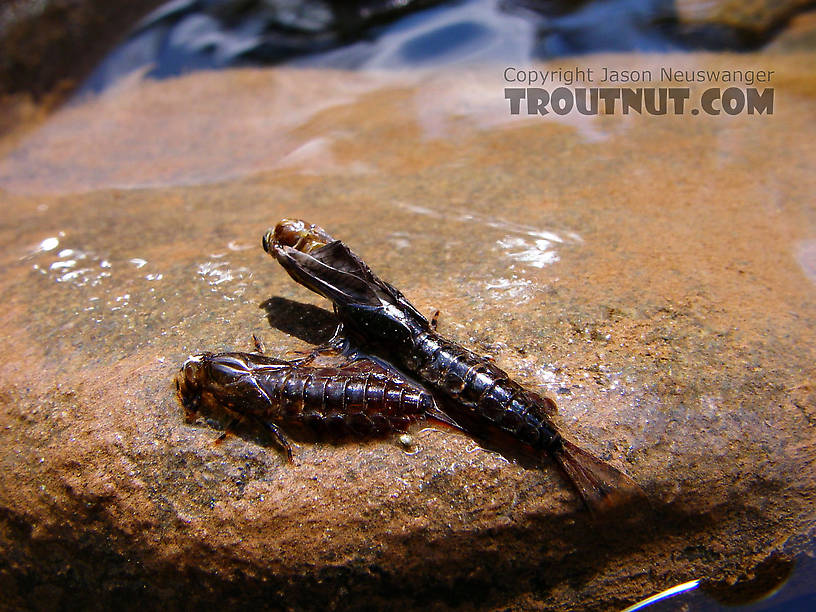
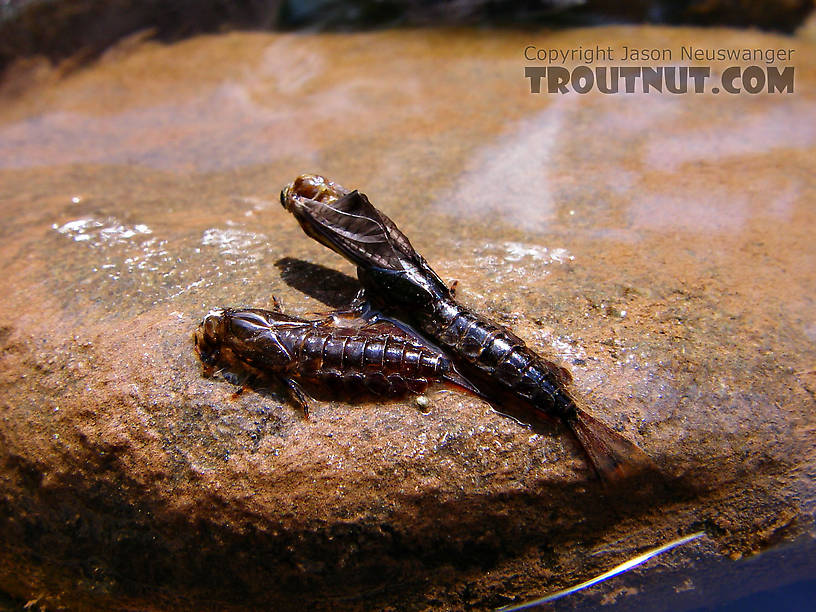
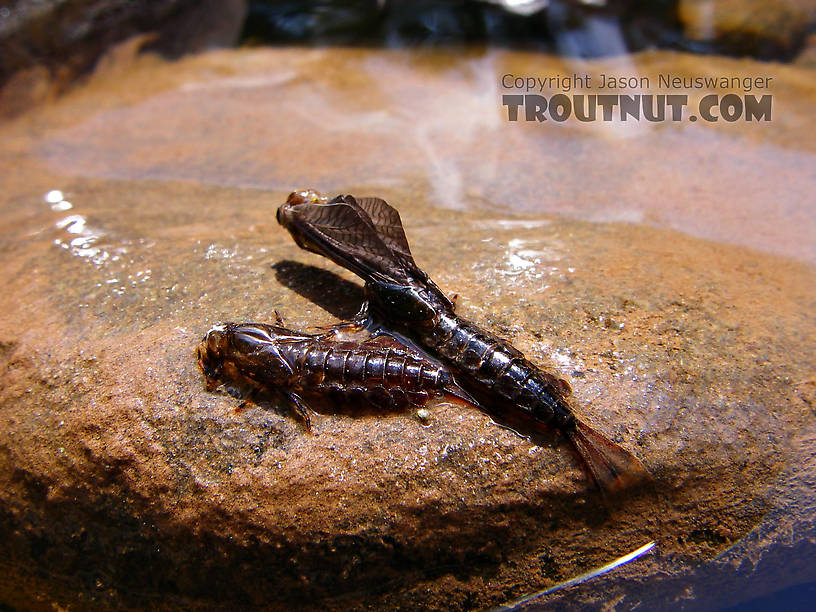
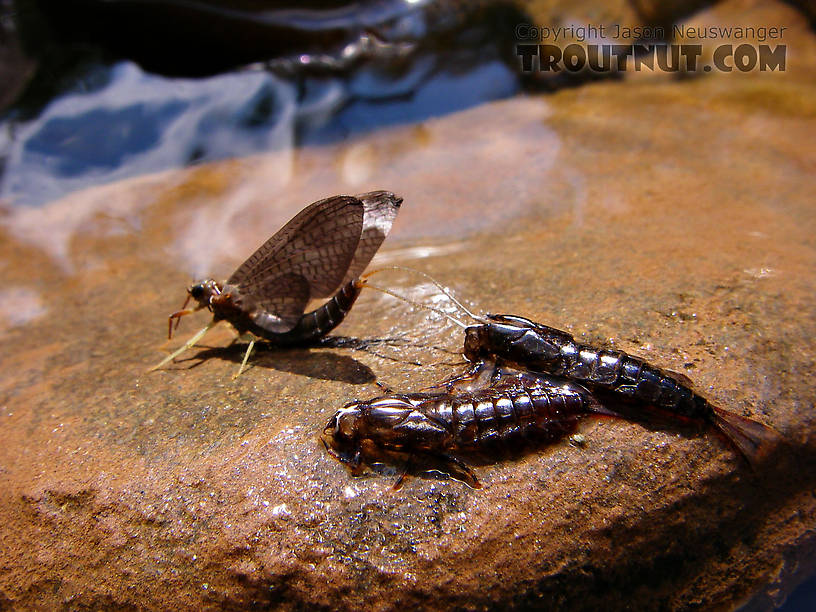
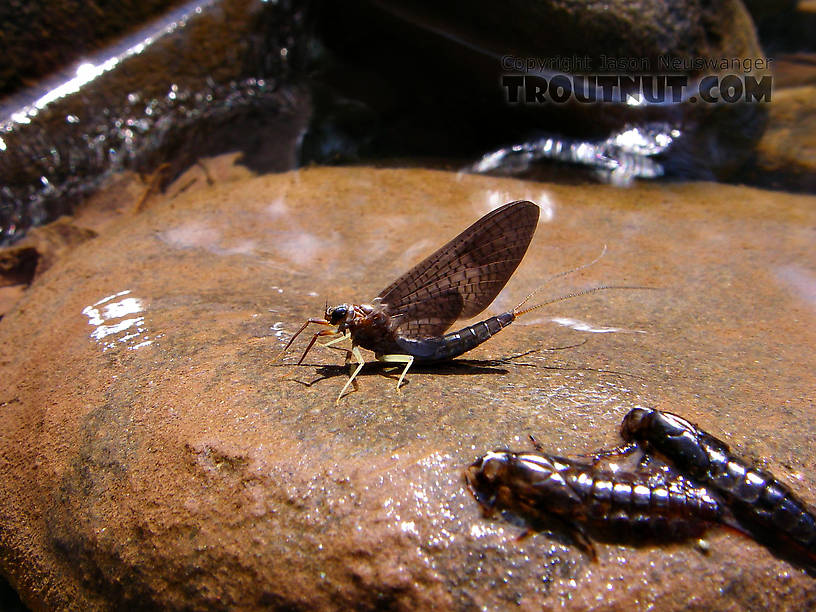
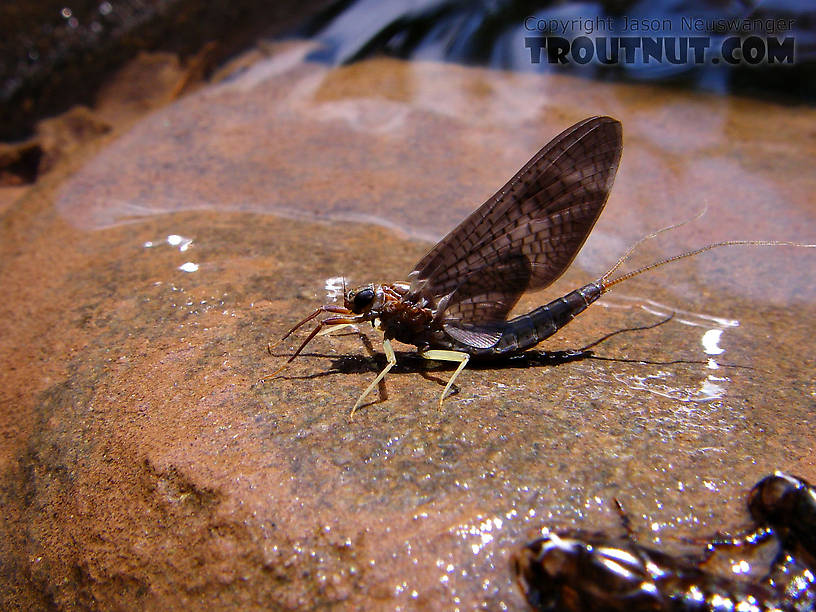

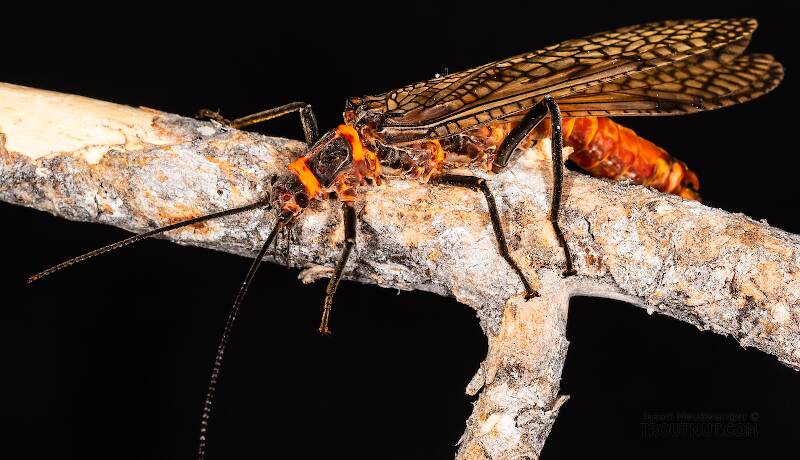
The giant Salmonflies of the Western mountains are legendary for their proclivity to elicit consistent dry-fly action and ferocious strikes.











Guest author Tomaž Modic shares this piece about the history of the "F-fly," a simple but extremely effective fly pattern little known in the states but very popular in its country of origin, Slovenia, and elsewhere in Europe.
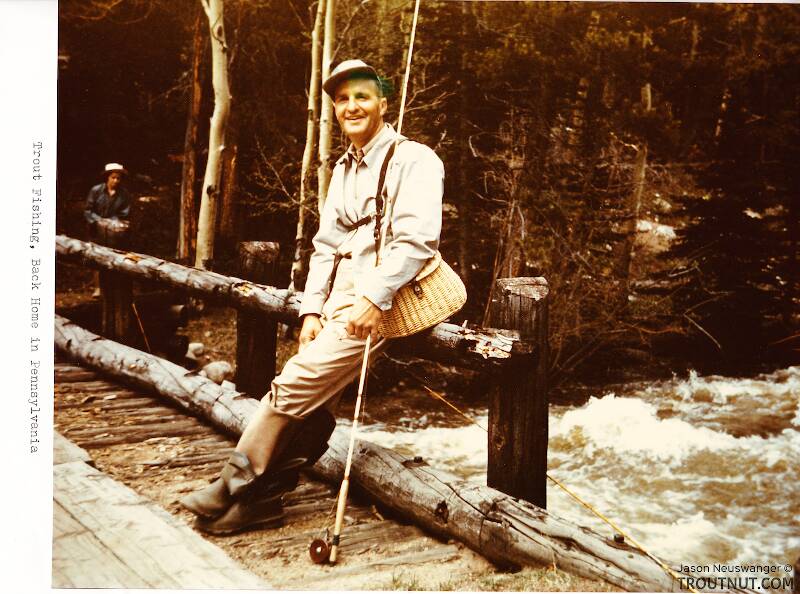
Some recently uncovered stories show why my Great Uncle Joe was the "Original Troutnut," among other adventurous titles.
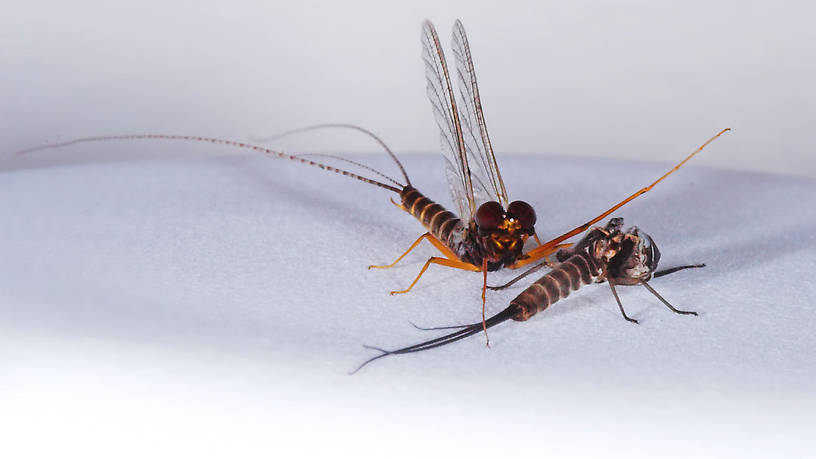
When mayfly duns pop out of the water and fly away, they aren't yet officially "adults." They have one more step before they're ready to mate: to perch on streamside vegetation and molt one more time into the stage scientists call "imago" and we call "spinner." This article shows step-by-step close-up photos of a Leptophlebia cupida (Black Quill) dun molting into a spinner, and it explains what's going on inside the mayfly.